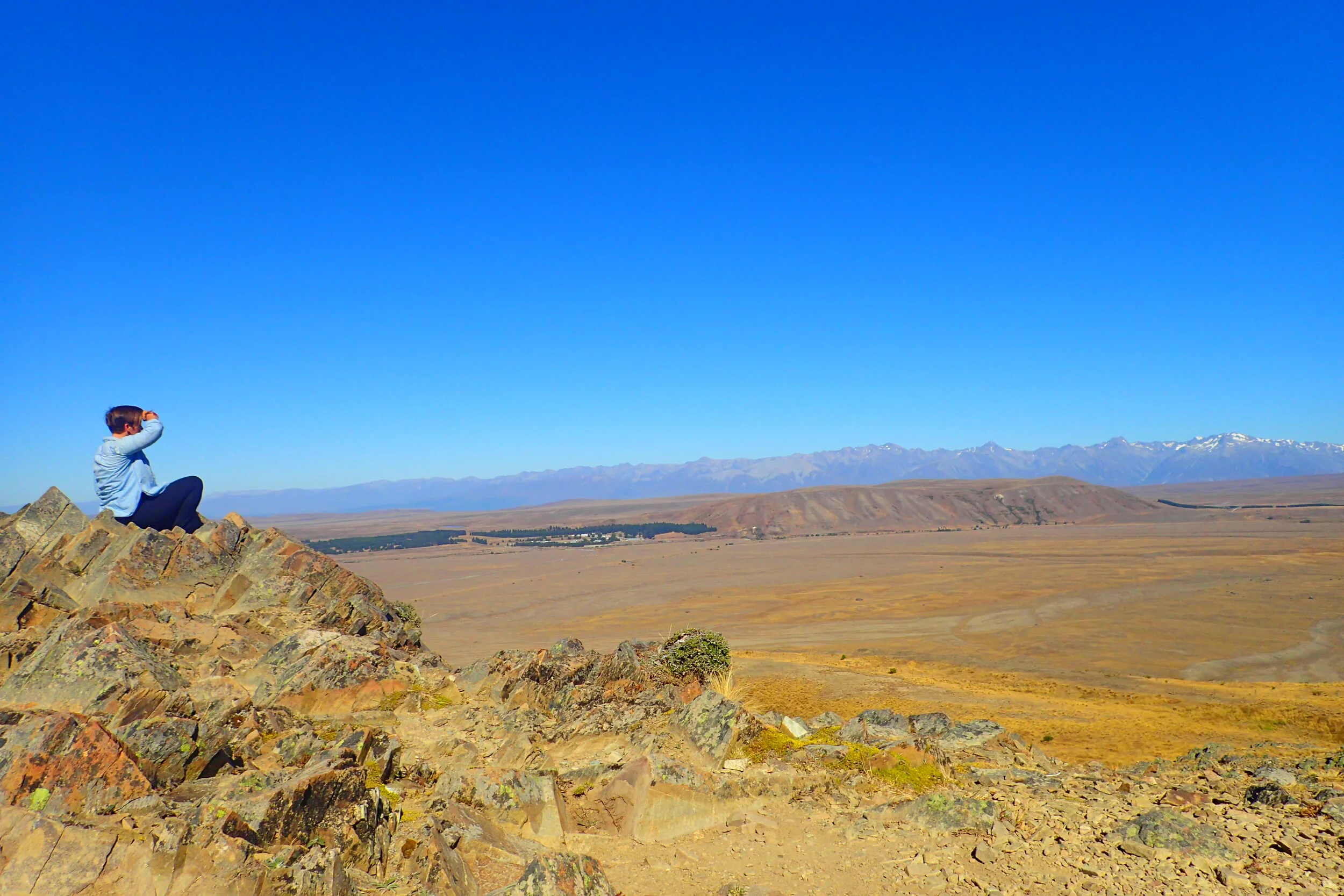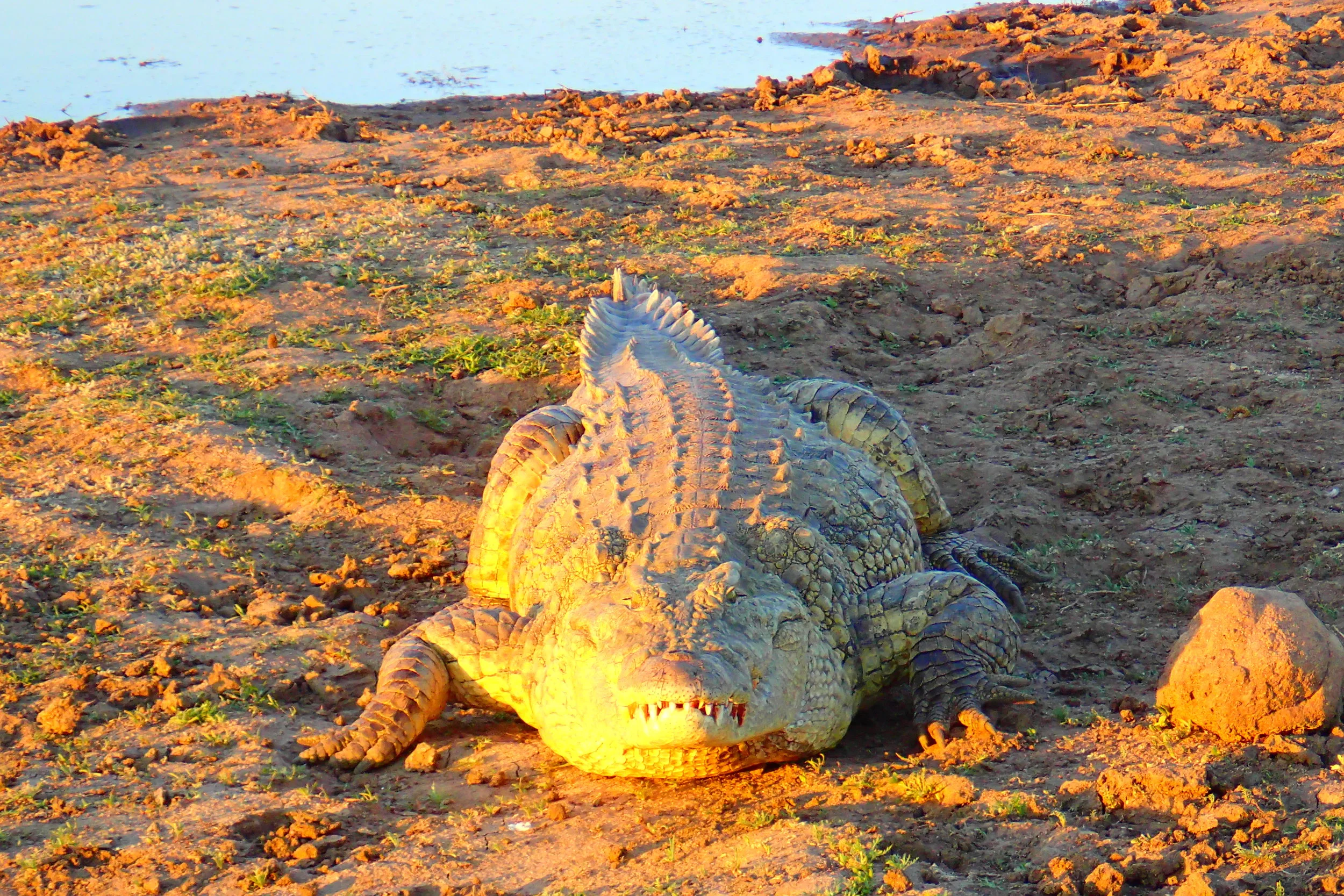Have you ever wanted a monkey for a pet?
Ever since I watched Disney's Aladdin as a child I have wanted to have a friend like Abu (sorry, Genie).
I've had such a strong obsession with the idea of making friends with a monkey, I've managed to ignore all the reports of monkey attacks on humans and poo-thrown at zoo keepers in the media. This kind of passion led to my arrival at the Sacred Monkey Forest Sanctuary in Ubud, Bali.
With reports about the monkeys stealing tourist's cameras and biting them for food, I was careful to take the necessary precautions. I also ensured my interactions with them were not forced while I was there. I wanted to be certain I would meet my new friend as ethically and safely as possible.
The result was an incredible amount of cuteness, lots of rambunctious monkey behavior, and even a few selfies captured with these friendly and curious cousins of mine.
I also got a lot of the action on video—a must see at the end of this post!
Monkey Forest Road
Monkey Forest Road leads to the Sanctuary which is right smack in the middle of Ubud. The Sanctuary is used for observational research and conservation programs in addition to tourism.
Once you near the entrance to the sanctuary, you can't miss it. There are huge stone carvings of monkeys and, if you're lucky, you may even spot some monkeys hanging around outside the gates!
Yes, you could technically avoid the 30,000 IDR (~$2.00 USD) entrance fee into the Sanctuary simply by loitering out front for a while.
There are no cages. The monkeys are free to roam about the sanctuary and outside of it. Although they do tend to stay in the area because of the food there.
If you have food on you, the chances of seeing them outside the gates are more likely. But you should probably leave that behind. I'll tell you why.
Staying safe and avoiding monkey mischief
Before I entered Monkey Forest, I made certain I had no food in my bag or loose items hanging about. I had already heard about the monkeys stealing anything and everything off of tourists who come through!
I put all of the following items away: Sunglasses, phone, coins, rings, and bracelets. Definitely take dangly earrings off, too! I risked keeping my necklace on but count myself lucky for not having any monkeys attempt to yank it off.
I also held onto my camera but with the strap secured around my wrist.
I stayed constantly aware and conscious of my daypack—always checking to make sure no monkeys were trying to open up the zippers. They are known for getting passed all sorts of enclosures!
I did experience a few monkeys reaching up from the ground to my bag. I figured out they were after a little bunched up bit of cloth I had tucked into the outside mesh pocket. The cloth was yellow—duh! After they saw it wasn't a banana, I tucked it away inside and they chilled out.
Really, it's best to leave all bags and loose items back at your accommodation! You can also leave your bags at the ticket counter.
Not only do these preparations protect you from getting caught as the "monkey in the middle," it also protects the monkeys. Chewing on plastic bottles and other items with chemicals and dyes cannot be good for them. Don't allow them the opportunity to get their hands on any of it!
And then there's the obvious piece of advice: Don't antagonize them.
Monkeys are social creatures. They are a lot like us except that their rules are very different. You can't ask a wild monkey nicely to do something for you. Especially if a monkey has food, don't try to reach for them when they have it. They will become aggressive if you do!
When the tables are turned, however, don't expect a gentle monkey. They have no qualms about snatching food right out of your hand no matter how high you hold it above your head or how far you hide it under your shirt!
Questionable interactions with monkeys
As a tourist, I'm really against giving these monkeys food and I'll tell you why.
These monkeys are definitely not starved. They are in very good health, an ode to their keepers at the Sanctuary and the spiritual value placed on human-environment interactions in Hindu culture.
I witnessed the keepers giving the monkeys piles of potato and coconut and plenty of other nutritious foods to maintain their health.
Bananas are sold at stands inside the forest. This gives tourists the opportunity to interact with the monkeys more actively.
Feeding them bananas is definitely better than feeding them human snacks (which you are encouraged not to do). The only problem is the resulting interactions with the monkeys end up being a bit forced, abrupt, and intense.
For example, the monkeys definitely know what the banana stand is all about. As soon as a tourist approaches, they line up (more like crowd and shove) anticipating the moment the tourist steps away with a bright yellow bundle in hand.
Immediately, they're on like Donkey Kong—jumping up the tourists' legs, climbing up their shoulders, and snatching those nanners right out of their hands!
I watched as a girl ahead of me bought a large bunch of 15 or so bananas which were completely gone in seconds.
If that sounds exciting and adventurous to you, then go for it! She certainly had lots of monkeys climbing all over her for a few of those seconds. But that was it. The monkeys were only after the food.
In one area near the temples, the keepers supervised a little photo-op session where they encouraged tourists to buy a banana and pose with it on their head so their travel companion could snap a photograph of the monkeys jumping up there to eat it.
Monkeys did not always behave like civilized beings in these forced situations. They're wild, after all!
Biting people and pulling their hair or running between tourists fighting other monkeys to get to the banana was common. The keepers attempted to maintain order as much as they could.
I didn't exactly catch the keepers doing anything violent toward the monkeys, but I did witness them yelling at the monkeys, "Ehh ehh ehhh!" and throwing little pieces of food (or something?) at them to chase them off.
I caught one keeper doing it but then he saw me filming and stopped.
This is certainly harmless in comparison to the animal abuses toward certain species elsewhere in Southeast Asia (e.g., elephant riding in Thailand). After all, it's a part of Bali culture to respect and protect these monkeys.
Nevertheless, control of any kind would not be necessary if the monkeys weren't being lured onto tourists heads in the first place. Not to mention the biting and hair pulling would be lessened.
Trust me, these monkeys have TEETH. You do not want to get bitten.
Ethical and authentic human-monkey interactions
If you're not convinced you wouldn't still want a photograph with a monkey jumping on your head, then perhaps I can convince you to go about it in a different way.
My stance is simple: The monkeys are in this area to roam freely and should be able to act free from any sort of coercion or control.
As such, I opted not to get any bananas from the stands inside Monkey Forest. I preferred to observe them as they were, allowing authentic, natural interactions to occur without having to bait them.
And let me tell you, monkeys' curiosity is far greater than their hunger.
Simply standing around observing the monkeys put me into close contact with them without ever needing to hold a banana in my hand.
I stood there silently photographing and filming without moving around too much and eventually they would hop up on the railing next to me. They certainly were good models for my camera, getting into all sorts of poses for me. Some were even a bit...risque!
Such little models!
Eventually, I walked down a pathway away from the temples. There were not as many people stopping to take photos here. There were some monkeys in the trees up above that I wanted to watch for a while, so I took a seat off to the side.
Not 5 minutes into sitting there quietly, little adolescent monkeys came scurrying around me.
A few came up to me and poked the silver, shiny buttons on my pants. Another pulled at one to see if it was loose. When they realized there was nothing there to play with, they began sitting next to me calmly.
I kept calm. I didn't attempt to touch them. And so they kept calm, too.
One even decided to rest her little hands on my toes for a while.
The monkeys on Monkey Forest road are Balinese long-tailed macaques.
The macaques live in female-dominated social structures in which the females form lasting bonds with each other and the males are pushed out at puberty.
Before long, I had a female macaque voluntarily crawling into my lap. She reached to look into the lens of my camera and then climbed her way onto my shoulder.
Apparently, she had decided it was time for some social grooming. She started parting my hair and examining my scalp.
What a funny feeling it is to have those deft little hands rummage through your hair!
Macaque monkeys groom each other as a means of social bonding and tension reduction in large groups. They'll often groom others in an effort to establish trust and build relationships.
While this little monkey's custom for bonding is grooming her friends, mine is to take selfies with them!
Apparently, I found my Abu! <3
Monkey business concluded
I am so happy I had the opportunity to make a friend on Monkey Forest Road—and without any banana bait!
You truly can have an amazing, authentic (and safe!) interaction with these cousins of ours. And you don't have to participate in those touristic shenanigans to do it!
All you have to do is tuck your loose items away, be calm, and have a seat. The monkeys will come to you!
I got selfies with my monkey friend using my Olympus Stylus TG-3 camera, and I sent them to my family and friends back home immediately after.
Sharing them was easy with the tech setup I had while traveling. I'll be writing again this week to give you the low down on my entire tech setup while traveling; all a part of my travel hacking series. Yay! :)
Here's some more monkeying around to watch (in HD!) while you wait for the next update...





